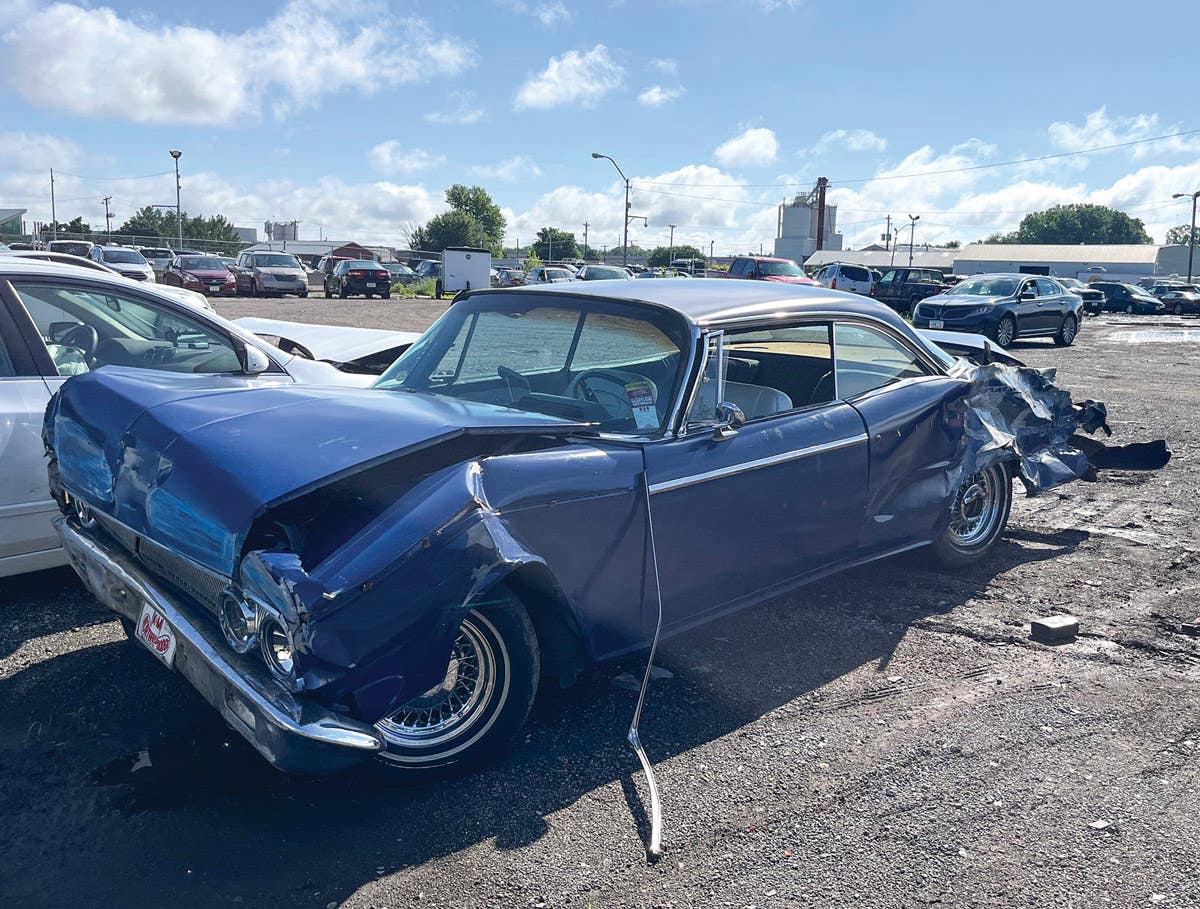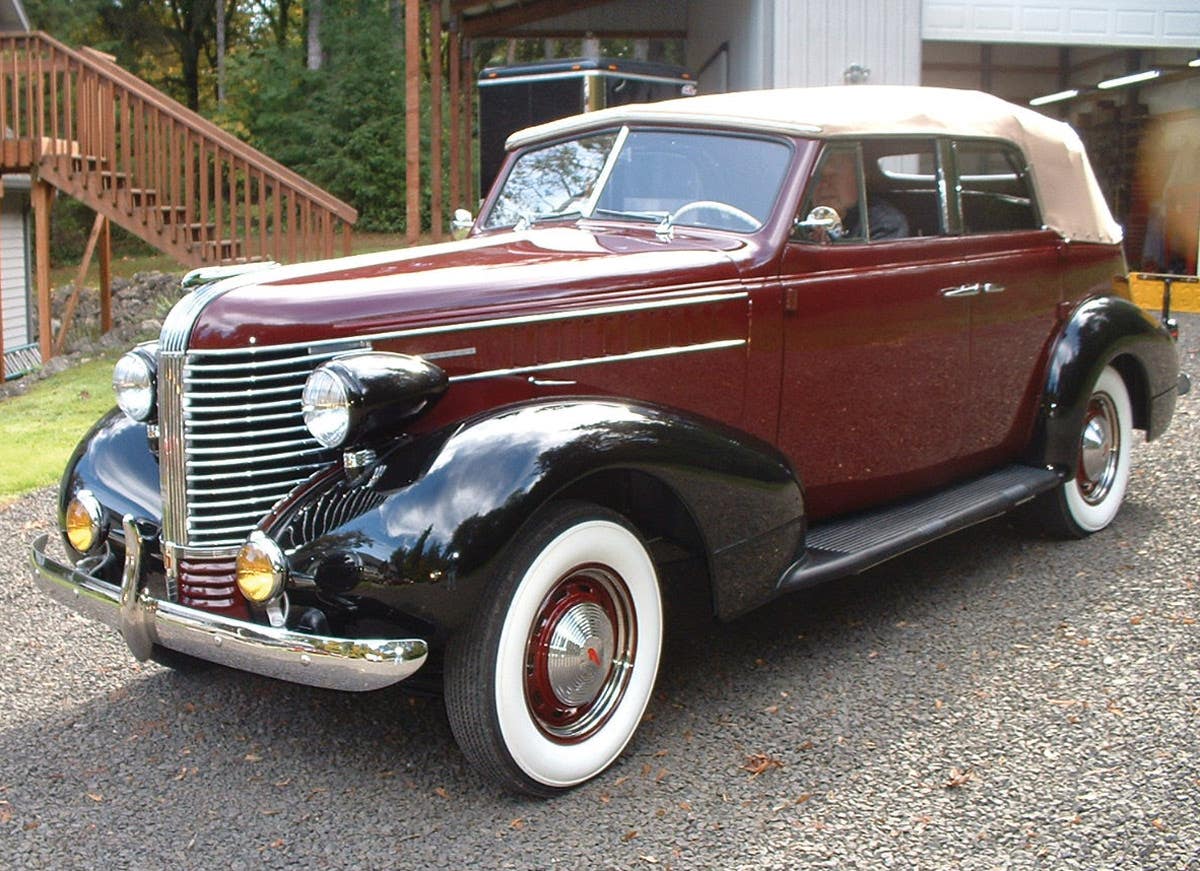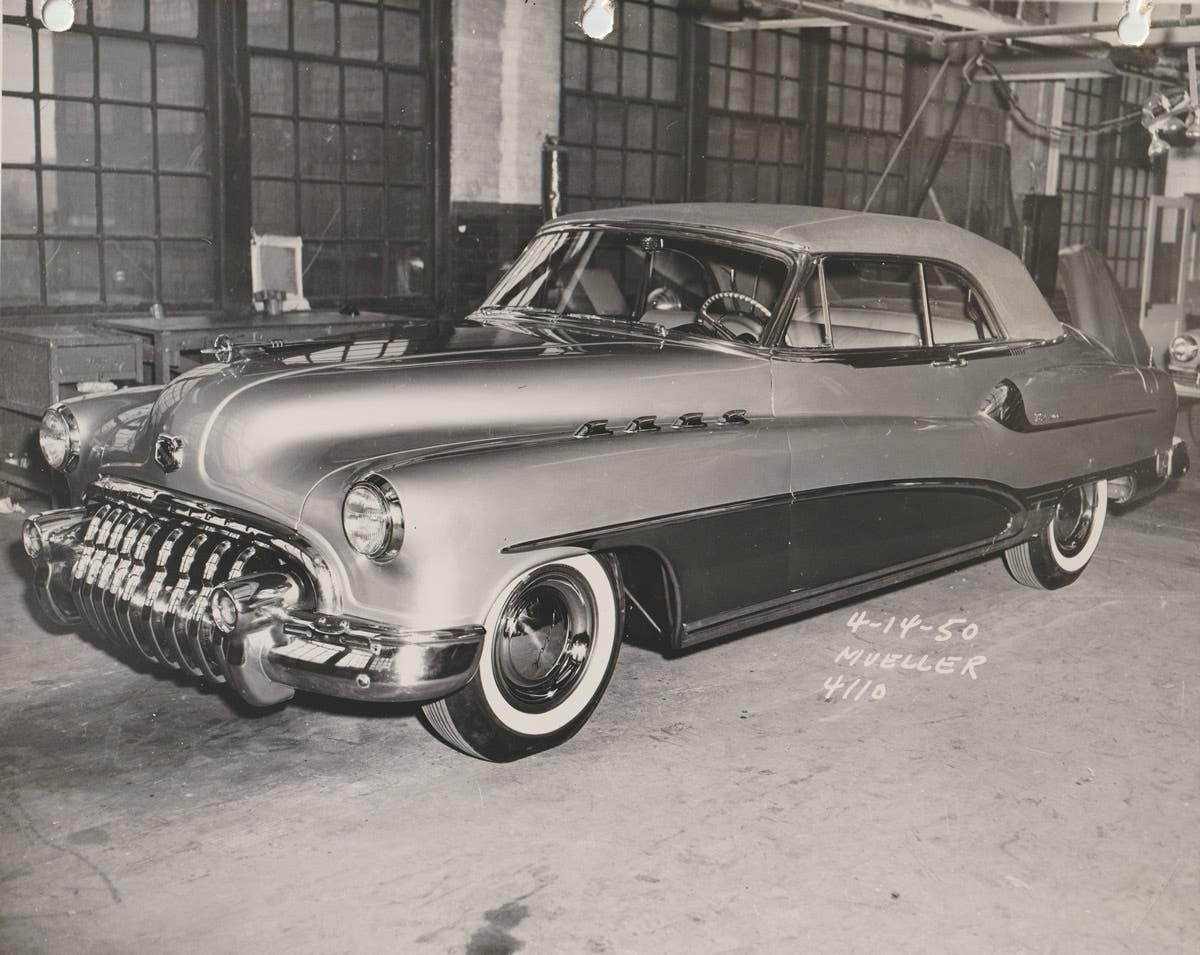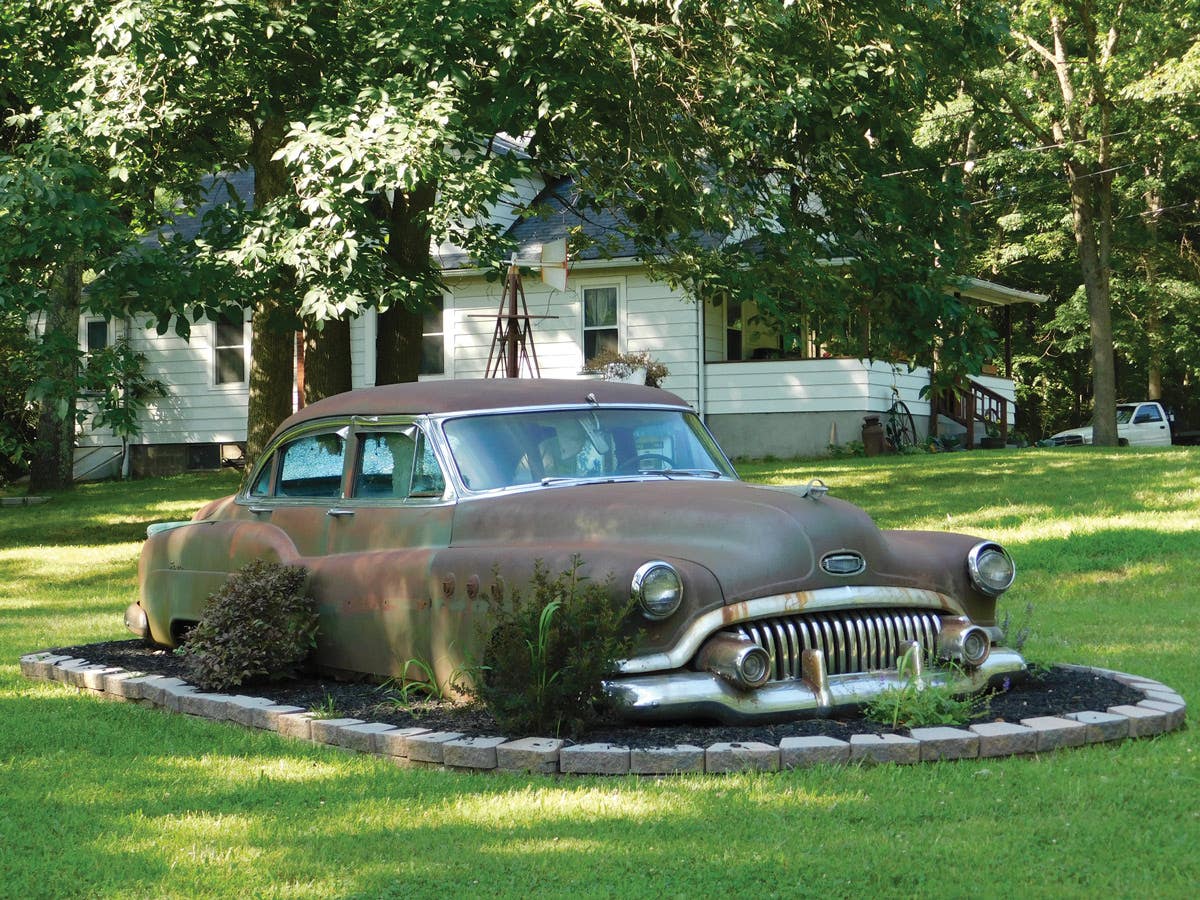Q&A with Kit Foster: May 2, 2013
Q. A friend has this badge, but we have had no luck with its identification. Is it possibly from an old auto, truck or fire truck radiator shell? It measures…
Q. A friend has this badge, but we have had no luck with its identification. Is it possibly from an old auto, truck or fire truck radiator shell? It measures about 2-1/2 inches high and 1-1/2 inches across. The background is red with white lettering. Any information would be very helpful.
— Adrienne Ziegler, Hadley, N.Y.
A. The initials suggest it’s from the Lincoln and Continental Owners Club. I see on their website (www.lcoc.org) that it is called the “original LCOC national car badge,” and you can buy a reproduction for $25 postpaid in the USA. It is not a radiator badge, per se. It’s an emblem that a club member would attach prominently to the bumper, or possibly the headlight bar, of a Lincoln.
-------------------------------------------------------------
Q. I belong to a Wednesday night car club in Duluth, Minn. We have a standing argument about when cars went from being painted with a brush to being spray painted. Did they go from brush to dipping to spray or brush to spray?
— Richard A. Lombardi, Duluth, Minn.
A. It stands to reason that it was a gradual transition and varied from manufacturer to manufacturer. It has become the conventional wisdom that Henry Ford’s use of black lacquer (“any color as long as it’s black”) began in 1914 because lacquer dried faster than other paints — very important to his moving assembly line. Bruce McCalley’s authoritative book, “Model T Ford: The Car that Changed the World” (Krause Publications, 1994) explains that it wasn’t quite so simple, and that other colors were offered at least through 1919. Spraying would have been the primary method of applying body paint quickly, but McCalley cites a list of paints from December 1913 that mentions “dipping” for engines, hoods and rear axles. Smaller manufacturers, who were less concerned with speed of assembly and perhaps unable to make large investments in spray equipment, naturally took longer to abandon the paint brush. With ample time and skill, however, a craftsman can make a multi-layer brush paint job look as good as one from a spray gun. I’m not sure if dipping was ever abandoned entirely by automakers, but it gained prominence in the late 1950s when American Motors began dipping the prime coat on unibodies for better corrosion resistance in nooks and crannies.
-------------------------------------------------------------
Q. Back in the war years (1943), I lived in the most remote part of West Virginia. There were no county or public highways and very few people even had vehicles. To get to where I lived, one had to ford a stream that sometimes got pretty deep. I acquired an old stripped-down 1931 Chevrolet that had been modified with an axe. I put an extension on the updraft carb and wrapped the distributor with rubber and grease so I could go through deeper water than most vehicles. One day, after a pretty good rain [raised] the creek, three young men came walking in. They said their car was drowned out in the creek and they’d like to get pulled out because they were in a hurry to get someplace. I took my old chopped-up car and pulled out their Willys.
There being three more crossings for them, they asked if I would like to trade cars with them. I did, but I told them I had no license for the car or even a title. They said they didn’t, either. Then I said the Chevy was running on a rim because tires were rationed and one had to have a coupon to get a new tire. They said they could get a tire, so we traded and they drove away and we never saw each other again. I am quite sure the Willys was stolen somewhere and they were on the run. My question is: I’ve never seen another car like that. It was a coupe with landau irons, wooden wheels and a big six-cylinder engine. Something tells me it had a Lycoming engine, but I am not sure of that. Can you help me, or am I dreaming?
— B. Francis, Torrington, Wyo.
A. It sounds very much like a Willys-Knight, which had a Knight sleeve-valve engine, albeit built by Willys under the patents of Charles Y. Knight. I don’t know of a Willys with a Lycoming engine, and in any case the Willys name was not used by itself on a car between 1918 and 1930, and even then they were smaller cars. The Willys-Knight cabriolet of 1927-’28 had very prominent landau irons and the model 66A rode a 126-inch wheelbase.
To submit questions to this column: E-mail angelo.vanbogart@fwmedia.com or mail to: Q&A, c/o Angelo Van Bogart, 700 E. State St., Iola, WI 54990-0001.
Got Old Cars?
If you don't subscribe to Old Cars Weekly magazine, you're missing out on the only weekly magazine in the car hobby. And we'll deliver 50 issues a year right to your mailbox every week for less than the price of a oil change! Click here to see what you're missing with Old Cars Weekly!
More Resources for Car Collectors:
- Classic car price guides, research, books, back issues of Old Cars Weekly & more
- Get expert restoration advice for your classic car
- Get car pricing, data and history all in one place
- Sign up for Old Cars Weekly's FREE email newsletter
- Need to buy or sell your classic car? Looking for parts or memorabilia? Search our huge online classified marketplace







